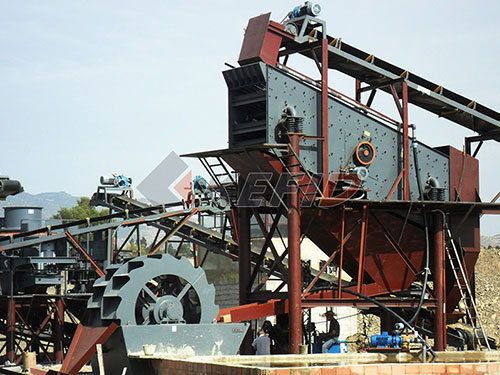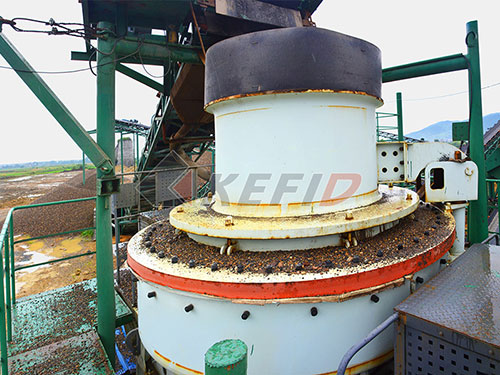Safe & Effective Fluorescent Tube Disposal: Understanding the Principles
Introduction
Fluorescent lighting has been a mainstay for decades, but its disposal presents a significant environmental challenge due to mercury content within each tube. While specialized commercial crushers exist for large-scale recycling, the concept of building a DIY unit surfaces occasionally among hobbyists or those seeking cost-effective solutions for small volumes. This article outlines the critical principles and safety considerations involved in fluorescent tube processing; constructing such equipment is strongly discouraged without professional expertise and strict adherence to hazardous material regulations.
The Core Challenge: Mercury Containment
The primary function of any fluorescent tube processor isn’t just breaking glass – it’s containing and capturing mercury vapor and phosphor powder. Mercury is a potent neurotoxin that poses serious health risks upon inhalation or skin contact and causes long-term environmental damage if released.

Essential Components & Safety Systems
Commercial crushers incorporate sophisticated engineering to mitigate these risks:
1. Negative Pressure Containment: The entire crushing process occurs within a sealed chamber maintained under negative pressure using a powerful fan system.
2. High-Efficiency Filtration: Air drawn from the crushing chamber passes through multiple stages of filtration:
Primary Filter: Captures large glass fragments and phosphor powder.
HEPA Filter (Essential): Removes at least 99.97% of particles 0.3 microns in size, trapping fine phosphor dust containing mercury compounds.
Activated Carbon Filter (Critical): Adsorbs gaseous elemental mercury vapor escaping during breakage.
3. Sealed Processing Chamber: Constructed from durable materials resistant to abrasion and chemical corrosion (e.g., coated steel). Access points must have robust seals.
4. Controlled Feed Mechanism: Tubes are fed into the chamber via an airlock system or sealed chute to prevent uncontrolled release of contaminants during loading.

5. Crushing Mechanism: Typically involves rotating blades or crushing rollers designed to minimize dust generation while effectively breaking tubes within the contained space.
6. Waste Collection System: Safely collects crushed glass and phosphor powder in sealed containers designed for hazardous waste transport.
Why Building One is Highly Problematic
Extreme Safety Risk: Failure in containment design, filter efficiency, sealing, or handling procedures can lead to immediate mercury exposure for the operator and contamination of the surrounding environment.
Regulatory Compliance: Handling hazardous waste like fluorescent lamps is heavily regulated by agencies like OSHA

Leave a Reply